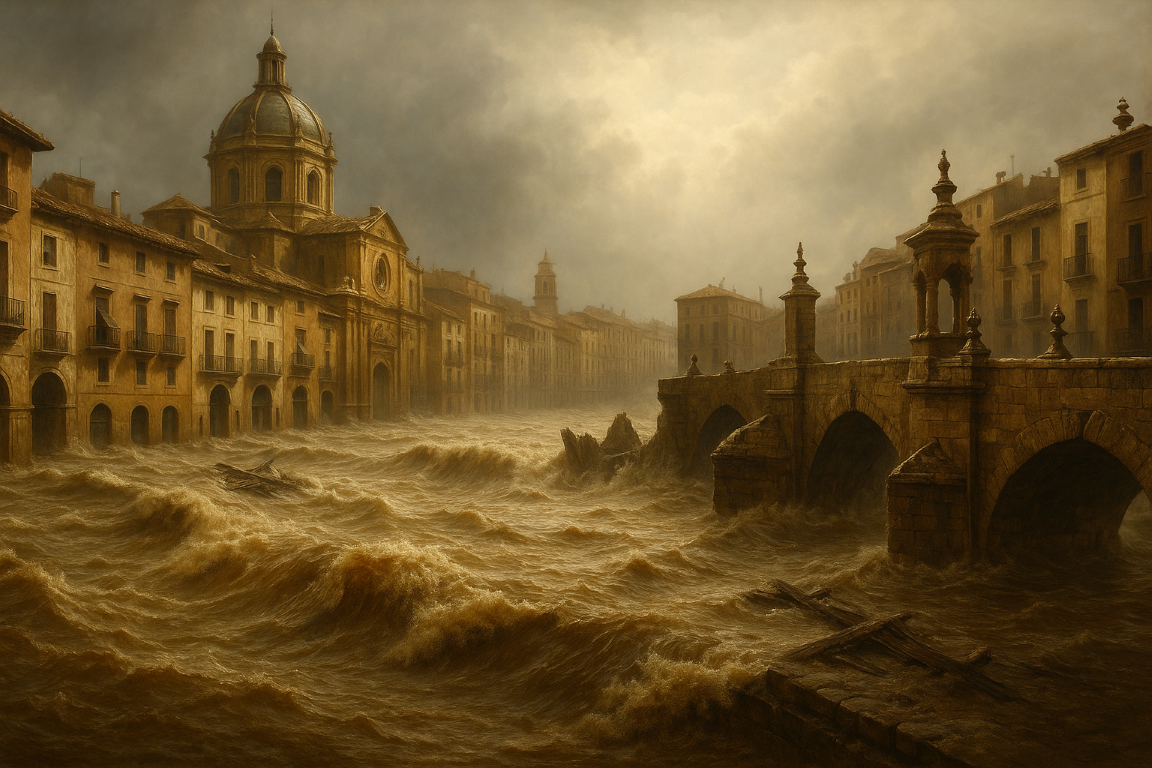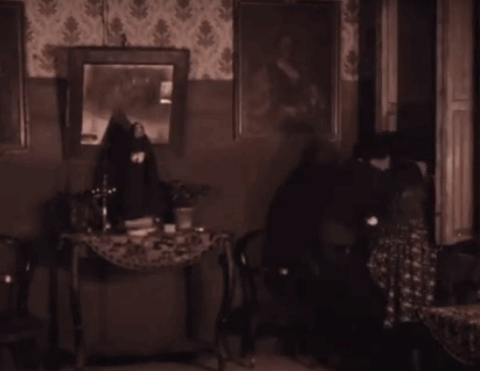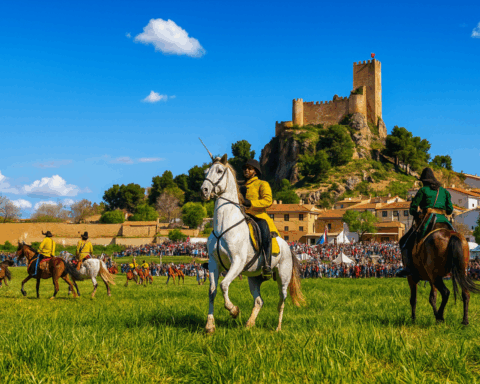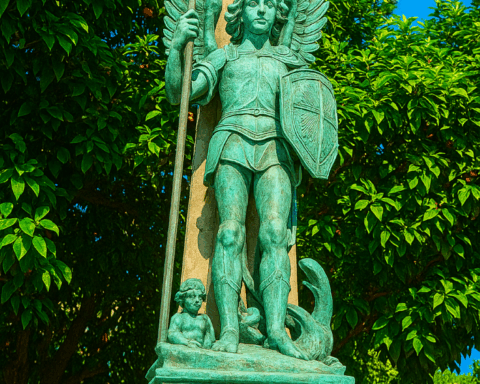Introduction
The Turia River (Riu Túria in Valencian) has a long history of catastrophic floods that have shaped the city of Valencia, Spain. Its floods (locally called riadas) were frequent and often devastating, owing to Valencia’s Mediterranean climate where intense rainstorms can cause the river to overflow. Historical records indicate dozens of major floods over the centuries – one 18th-century scholar counted 13 significant floods from 1328 to 1731, a number later revised upward after the disastrous 1957 inundation In fact, evidence of Turia floods exists dating back to the Roman era, uncovered through archaeological studies The Turia’s “furia” (fury) has thus been a formidable natural force impacting Valencia’s development and infrastructure
Major Historic Floods (Pre-20th Century)
Throughout the Middle Ages and early modern period, Valencia endured numerous floods of the Turia. Some of the most notable historical floods include:
-
1088: The earliest recorded Turia flood under Muslim rule swept away a bridge in Valencia. This pre-dates the Christian conquest of the city and is noted by Islamic chroniclers as a destructive event.
-
1328: A massive flood “arrastró los puentes” (dragged away the bridges) of medieval Valencia and inundated entire districts such as Roteros and La Xerea. This flood was so powerful that it destroyed much of the city’s bridge infrastructure and overflowed the city’s defensive walls.
-
1358: Another cataclysmic flood hit in 1358, damaging sections of the city walls and wrecking nearly one thousand houses. Along with the 1328 event, this was among the worst disasters of the 14th century for Valencia.
-
15th Century: The 1400s saw at least five floods of the Turiael-reino-de-los-valencianos.webnode.es, illustrating the river’s continued threat. Notable floods occurred in years such as 1406, 1427 and 1475icog.es, repeatedly testing Valencia’s medieval infrastructure.
-
1517: A great flood in September 1517 – described as especially furious – caused severe destruction. For example, the Turia’s waters washed away the Puente del Real (Royal Bridge) that spanned the riveres.wikipedia.org. This riada of 1517 is remembered as one of the most intense of the 16th century.
-
1589: An even more catastrophic flood struck in October 1589, devastating the city. This disaster proved to be a turning point – it “animó a erigir la Fábrica Nueva del Río”, a new civic body tasked with enhancing the Turia’s channel and flood defenses. After 1589, Valencia’s authorities began constructing robust stone embankments (pretiles) and rebuilding bridges to better withstand floodses.wikipedia.org. (In fact, the Puente del Mar bridge, which had been partly wooden, was completely “arrasado” by the 1589 flood and subsequently rebuilt entirely in stone by 1596es.wikipedia.orges.wikipedia.org.)
-
1617: In the 17th century, floods continued – five major inundations are recorded– and the 1617 flood stands out as the most severe of that era Occurring on November 1, 1617, this deluge was caused by a violent DANA (isolated high-altitude storm) and brought “furia” to Valencia, inciting panic among the populace Contemporary accounts describe how quickly the waters rose, catching residents off guard.
-
1731: Among four significant Turia floods in the 18th century, the flood of 1731 was particularly destructive It is remembered as the worst flood of that century for Valencia, underscoring that even in the Enlightenment era the Turia regularly burst its banks.
-
1776: Another calamity struck on November 5, 1776, when the Turia flooded with such force that it collapsed the Puente de la Mar, one of the main stone bridges in the city. The central arches of the bridge and a religious shrine atop it were washed away and had to be rebuilt afterwardes.wikipedia.org.
An 18th-century engraving depicts the ruined Puente de la Mar in Valencia after the Turia River flood of 1776. The flood’s torrent destroyed the bridge’s central sections, including a chapel that stood on it, illustrating the sheer force with which the Turia could obliterate masonry structures. Over the centuries, repeated disasters like this prompted Valencia’s authorities to continually repair and reinforce bridges and riverbanks.
-
19th Century: Turia floods did not relent in the 1800s. Significant inundations were recorded in 1845, 1864, 1870, and notably in 1897, which was one of the last major floods before modern timesicog.es. By the late 19th century, Valencia’s growing population and development in low-lying areas meant these floods caused extensive property damage, though the worst was yet to come in the 20th century.
It’s estimated that, between 1321 and 1897, Valencia experienced around 75 floods of varying magnitude This astonishing frequency underscores how central flood risk has been in the city’s history. The phrase “la furia del Turia” (“the fury of the Turia”) became commonly used to describe the river’s destructive floods, and collective memory of these events passed down through generations.
The Great Flood of 1957
Valencia’s most devastating flood in modern history occurred on 14 October 1957, an event often simply called La Gran Riada de 1957 (the Great Flood of 1957). After days of torrential rains in the river’s headwaters and the Valencia area, the Turia overflowed catastrophically. Within hours, a vast volume of water – estimated at up to 300 million cubic meters – surged through the city. The inundation left entire neighborhoods under water; in some districts, floodwaters reached 5 meters deep. The city’s infrastructure was paralyzed: power, water, and gas services were knocked out, and roughly 75% of Valencia’s commercial and industrial activities were disrupteden.wikipedia.org.
Tragically, the 1957 flood caused heavy loss of life and massive destruction. At least 81 people died in the flooding (official reports at the time listed 81, though later analyses suggest the true toll may have been closer to 86)s. Approximately 5,800 homes were destroyed, leaving around 3,500 families homeless in the aftermath. The disaster shocked the city and the nation – boats navigated the flooded streets to rescue people, and mud and debris filled Valencia’s historic center once the waters receded. The Spanish government under Francisco Franco intervened, and emergency aid and military units were brought in for relief and cleanupen.wikipedia.org.
The 1957 calamity was a turning point that spurred a radical solution. In response to the devastation, authorities devised the Plan Sur (South Plan) – an ambitious flood-control project to permanently divert the Turia River away from the city. The plan, approved in 1961, called for engineering a brand new riverbed south of Valenciaen.wikipedia.org. Over the next decade, construction created a 12-kilometer long bypass channel (about 175 meters wide) that would carry the Turia’s waters safely around the city. By 1973, this new course – essentially a huge artificial channel skirting Valencia’s southern edge – was completed. The old Turia riverbed that had run through downtown was thus left dry.
Aftermath and Modern Flood Management
The successful rerouting of the Turia River in the 1960s–70s eliminated the threat of river floods in Valencia’s urban core. The former riverbed winding through the city was eventually transformed into the Jardín del Turia – a celebrated 9-km long green park filled with gardens, sports fields, and cultural venues. This urban park is a direct outcome of the 1957 flood: what was once a lethal river is now a public space, while the Turia’s waters flow outside the city. Valencia’s flood defenses were further bolstered by reservoirs and improved warning systems upstream on the Turia and its tributaries, aiming to regulate flow during heavy rains.
The modern diverted channel of the Turia (Nuevo Cauce del Turia) containing a surge of muddy water during an intense rainstorm in late October 2024. This image, taken during a DANA event (isolated high-density rain cell) in 2024, shows how the high concrete banks of the new channel confine the river’s flowcommons.wikimedia.org. Despite torrential rains causing floods in the surrounding region, Valencia’s city center remained largely safe – a testament to the Plan Sur engineering that keeps the Turia’s “fury” at bay.
While Valencia city has not suffered a major river flood since 1957, the wider region is still periodically hit by severe flooding from extreme weather. For instance, Storm Gloria in January 2020 brought torrential rains that caused severe flooding in parts of the Valencia area. More recently, in late October 2024, a powerful gota fría (cold drop) storm triggered flash floods in Valencia province (the worst flooding in Spain that autumn). Thanks to the diverted riverbed, however, the Turia’s overflow was safely channeled away from Valencia’s urban core during those events.
Conclusion
From medieval chronicles to modern engineering reports, the Turia River’s legacy in Valencia is defined by water and resilience. Generations of Valencians coped with recurring floods that destroyed homes, bridges, and lives, forging a resolve to tame the river. The Great Flood of 1957 was a devastating capstone to this history, but it also led to one of Europe’s most successful flood control projects – permanently safeguarding the city. Today, Valencia thrives along the former Turia riverbed, now a verdant park, even as the realigned Turia flows peacefully beyond. The story of the Turia’s floods stands as a vivid reminder of nature’s power and how human ingenuity can adapt to it, ensuring that the phrase “El Turia se desborda” (The Turia overflows) is, hopefully, a chapter firmly relegated to history.
Sources: Historical flood data from El Reino de los Valencianos blog; flood event list and chronology; Wikipedia entries and scholarly sources on the 1957 Valencia flood and Turia Riveren.wikipedia.orgen.wikipedia.org; regional accounts of floods (Tierra y Tecnología, 2014)icog.es; and contemporary news archives. All embedded images are from Wikimedia Commons.







